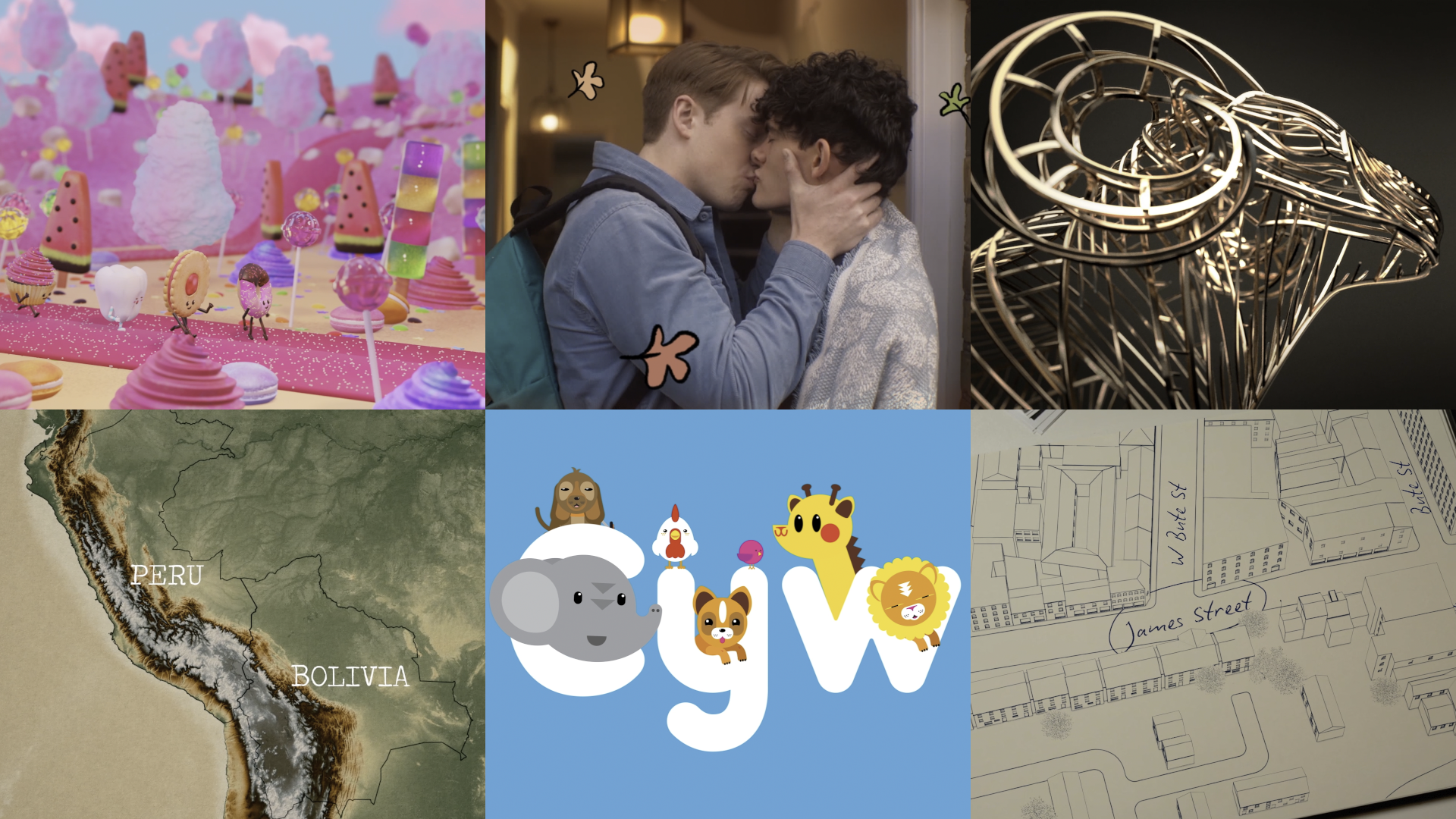
We bring motion to your ideas, elevating every project through thoughtful, collaborative design.
Documentary
We take your concepts and bring them to life, simplifying complex ideas with animated graphics that communicate clearly and powerfully.
Animation and Childrens Television
Our focus is on creating bright, playful animations that capture attention and spark curiosity. We design characters and playful motion that keeps you watching, learning, and coming back for more.
Drama
Title sequences set the perfect mood and tone, building a memorable connection with viewers right from the first frame.
Campaigns and Branding
Animation is key to strengthening and sharpening your brand’s presence. Our work is crafted to cut through the noise, creating visuals that turn campaigns into something people remember.
Get in touch
101 Golate House, St. Mary Street, Cardiff, CF10 1DX GloWorks, Porth Teigr Way, Cardiff, CF10 4GA
hello@baitstudio.com | +44 (0)29 20 190 132
